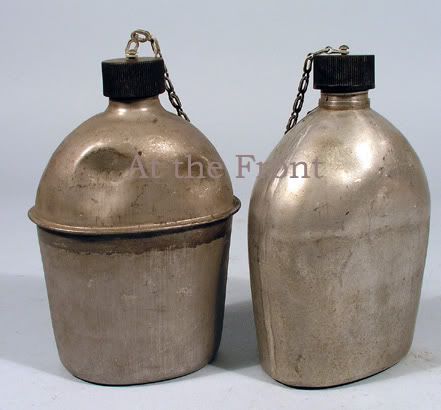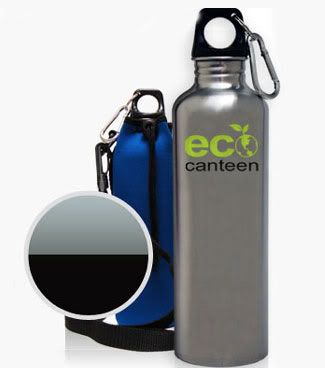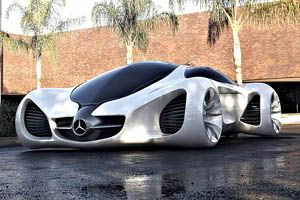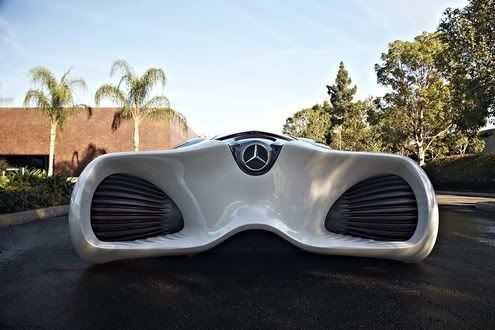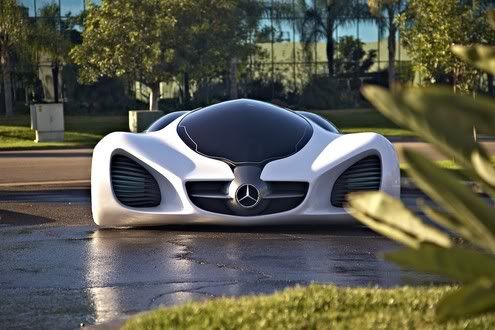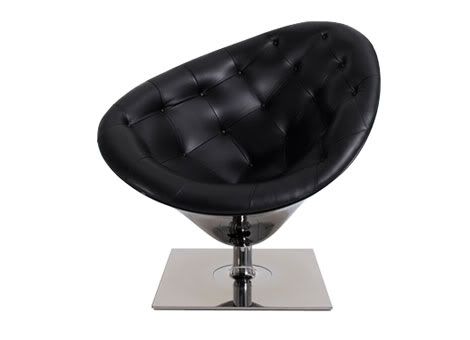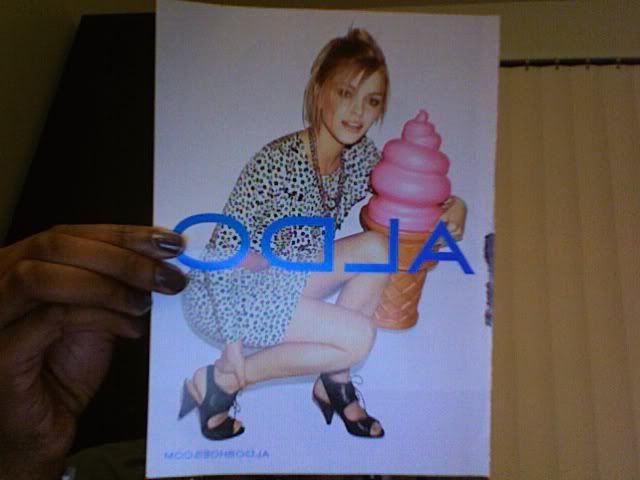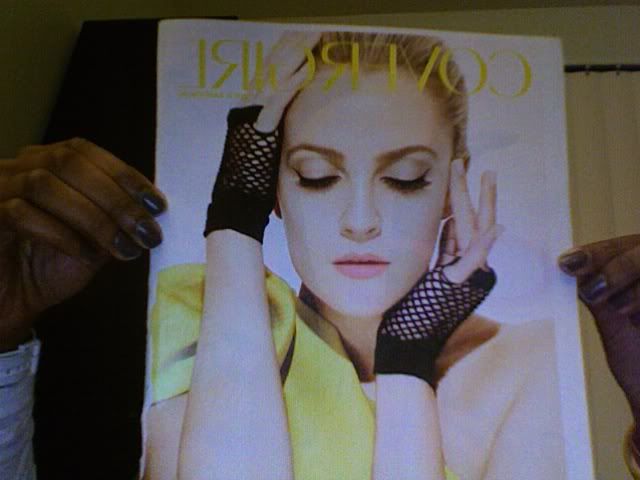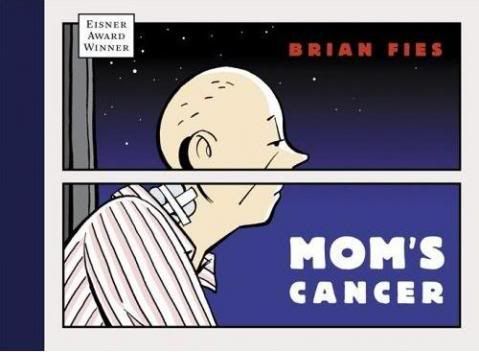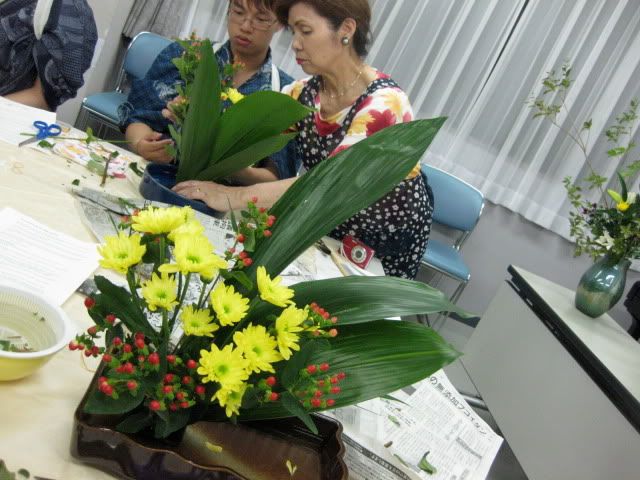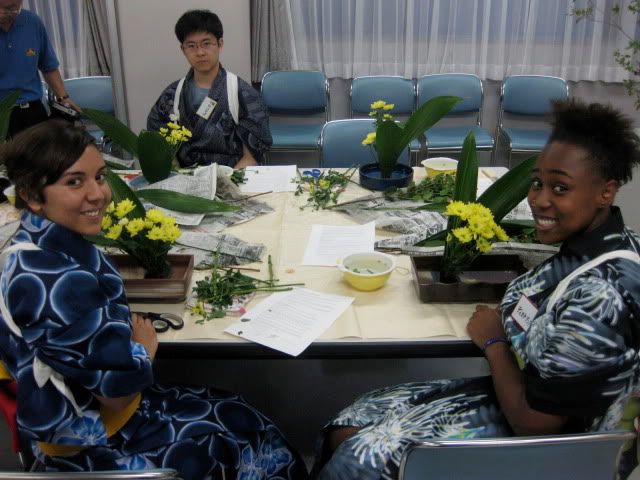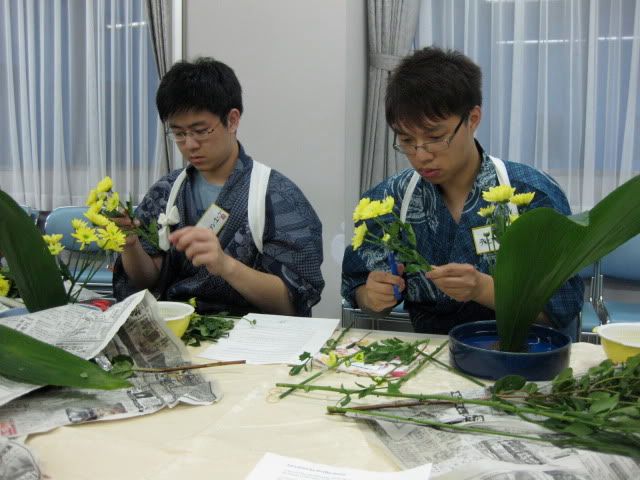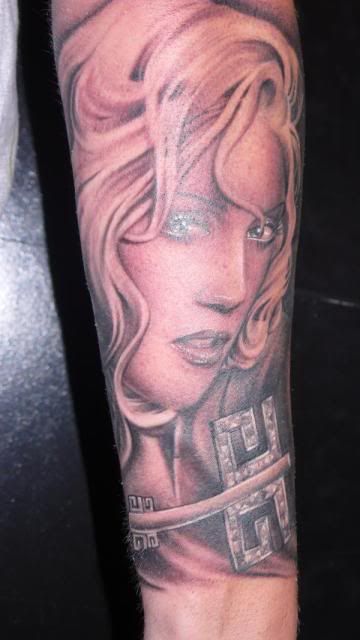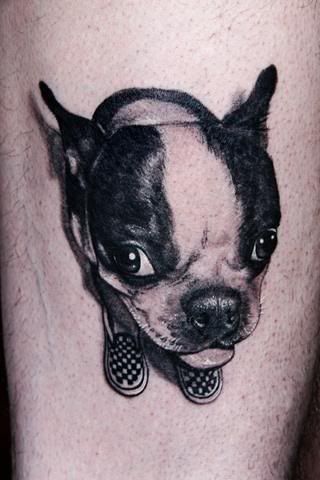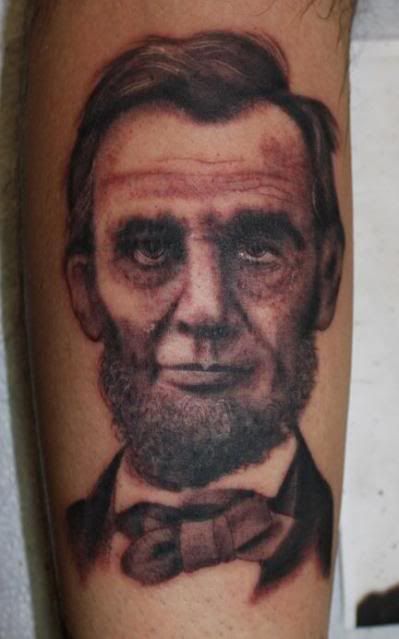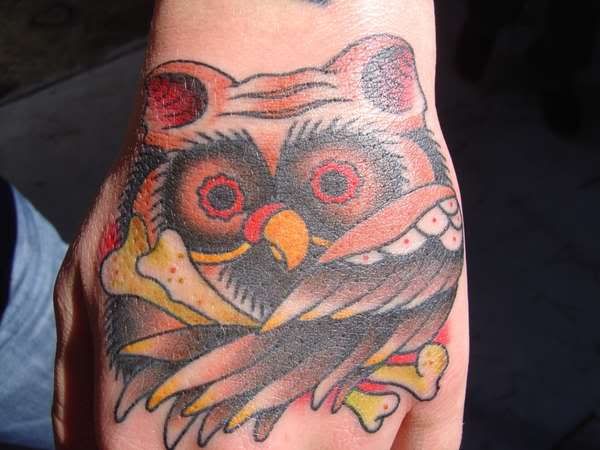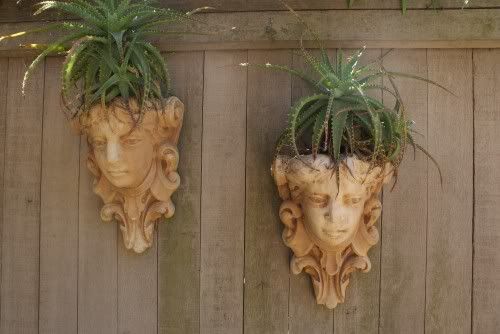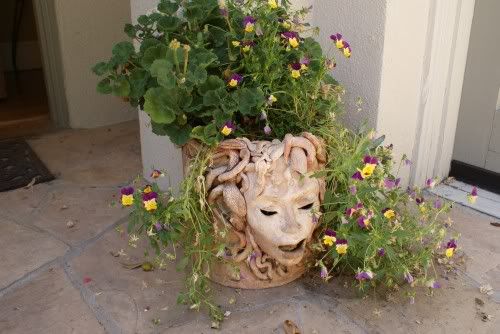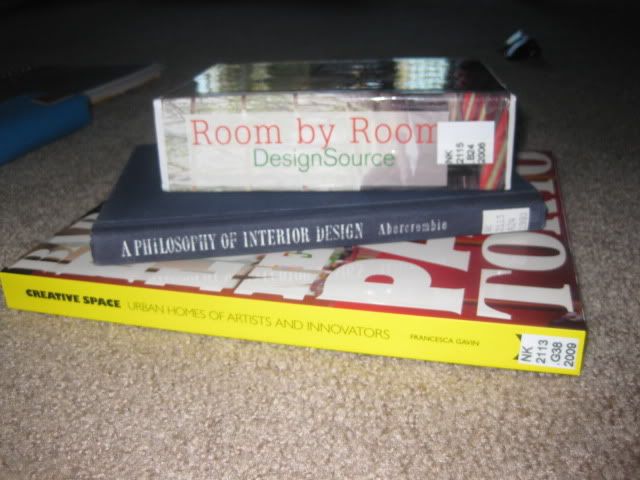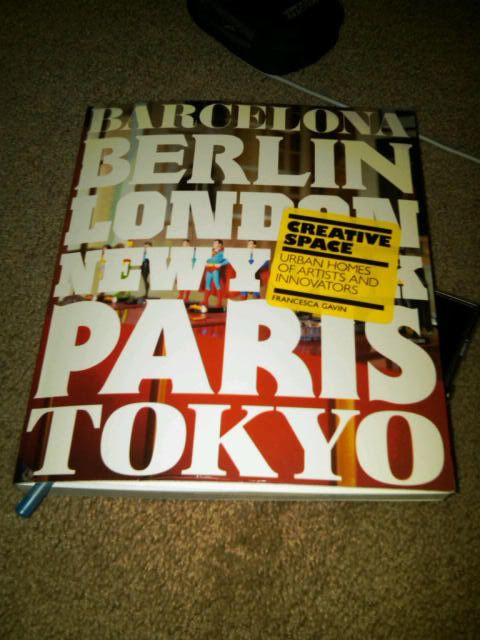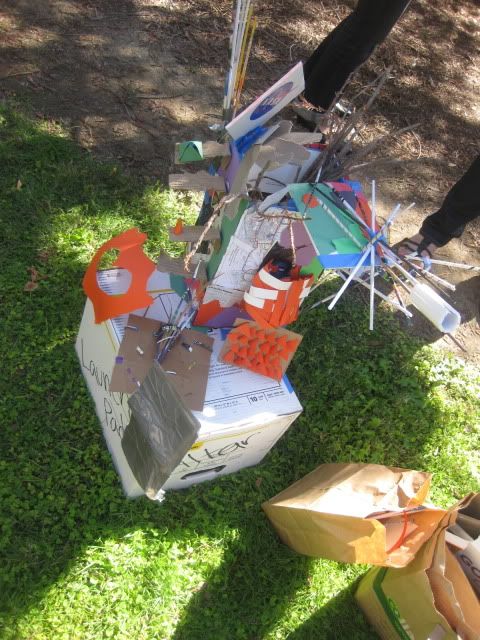
A few years ago, my dad told me that excessive cell phone use was not good for you. Not because I may not pay attention to him while I text, or because I spend more time on my phone than doing something that is actually productive. Studies have shown that cell phones are not the only devices that are dangerous. Cordless phones, wireless routers and laptops are also culprits of endangering their users.
How is it dangerous?
Most people in today's society use cell phones at least once a day. That exposure alone, makes a difference in increasing the possibility of being diagnosed with cancer. According to research done about cell phone usage and its connection to cancer, invisible energy rays that connect cell phone to cell towers can damage the body's immune system, as well as alter our cellular make-up.
What makes it dangerous?
It is because the wireless waves can damage body tissue. One problem that has been caused by regular cell phone usage is cancer. If that is not dangerous, I am unsure what would be considered dangerous. Because there is very little knowledge available about the dangers we face by simply sending a few emails on the computer sitting on our lap, or using the cordless phone in our homes to speak to a relative, we are unable to defend ourselves from the heightened risk of cancer diagnoses.
Was the danger an intentional or unintentional consequence?
I feel like the danger was unintentional. Unfortunately, just because the danger may not have be intentional does not mean that there will be no serious consequences. In fact, although studies have shown the direct correlation of cancer and cell phone (and other wireless device) usage, the Federal Communications Commission (FCC) still considers intensities that can cause these issue safe.
Women's Health recently published an article about this very topic. They also gave suggestions that could helps avoid the high risks. Some included turning off wireless routers when they are not in use, keeping your cell phone as far away from your body as possible, and if you still use a phone in your home, it is better to install a phone with a cord. But because, much of the U.S. population is very dependent on their handy cellular devices, I would not image that just telling people about the dangers would change people's attitudes and behaviors to lower their risks.
I also do not know how possible it would be to lower the intensity of radiation waves. There needs to be a change though, or the percentage of people diagnosed with cancer due to cell phone usage will continue to increase. We need to design better for the future.
